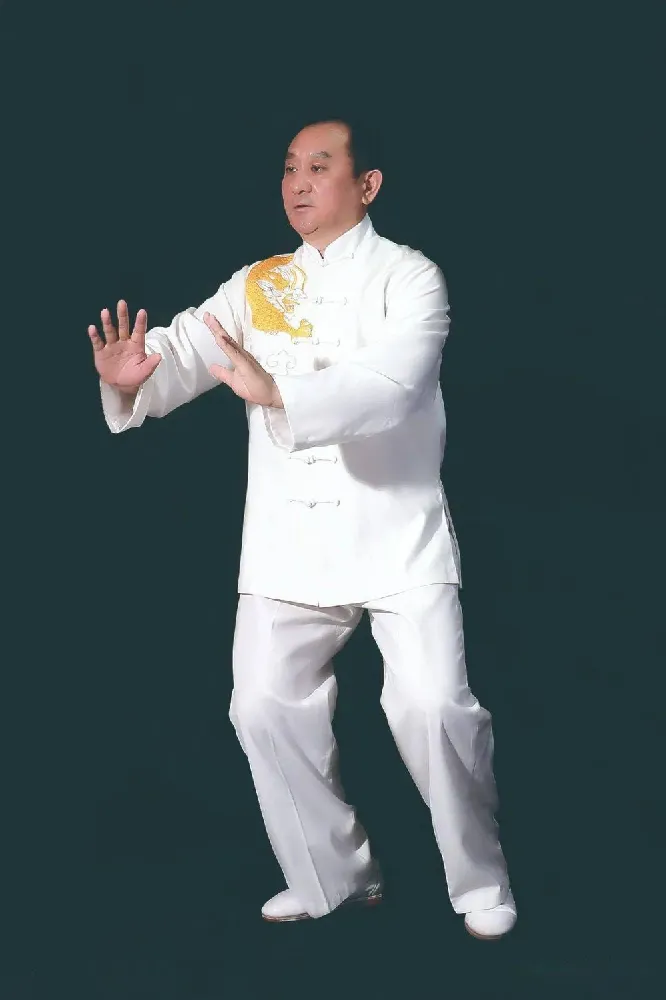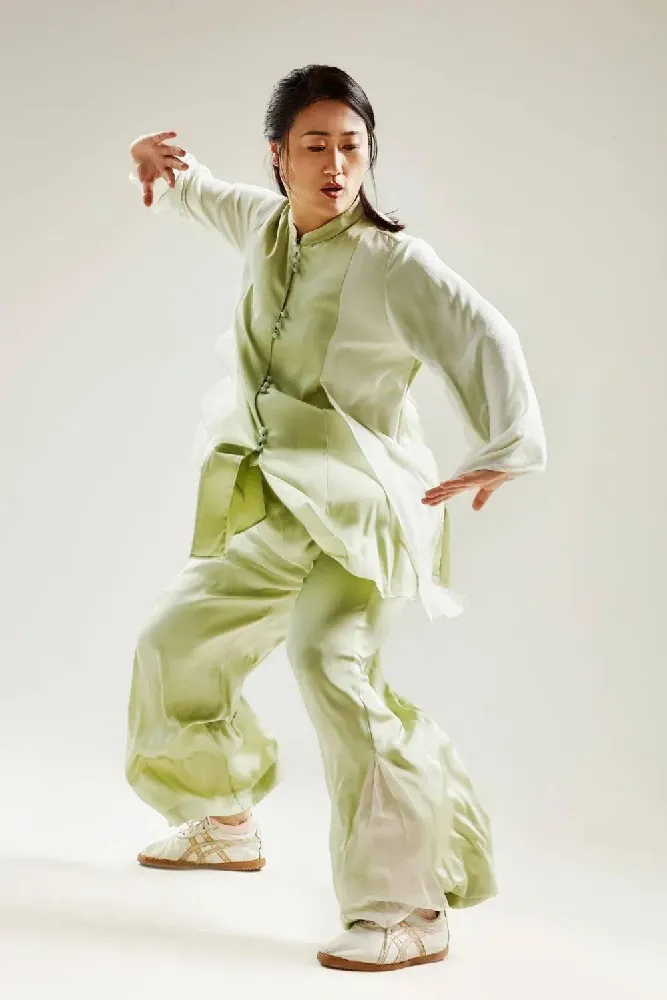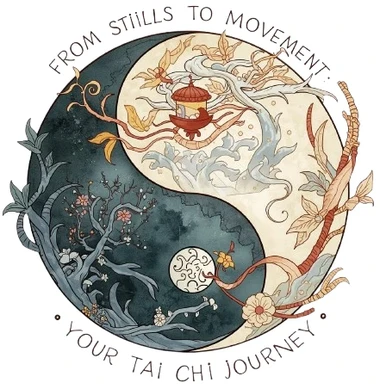You’ve decided to learn Tai Chi. You’re excited. Curious. Ready to begin. Then you discover… there are styles. Chen. Yang. Wu. Sun. Suddenly, it feels like choosing a dialect before learning the language.
Where do you even start?
I remember that moment vividly. I had just signed up for my first Tai Chi class. I thought I’d be learning “Tai Chi.” Period. But then came the question: “Which style?”
I blinked. “There’s more than one?”
Turns out, there are several. But two stand out—Chen Style and Yang Style. They’re the most practiced, most influential, and most distinct. Understanding their differences is like unlocking the Tai Chi family tree.
This guide is your compass. We’ll explore the history, the movement, the feel, and the fit. By the end, you’ll know which path speaks to you.
Let’s begin where all stories begin: the origin.

From Chenjiagou to the World: A Tale of Two Styles
Chen Style: The Oldest Branch
Chen Style Tai Chi is the original. It began in Chenjiagou, a village in Henan Province, during the late Ming dynasty. Chen Wangting, a retired military officer, is credited with creating it.
This style retains strong martial roots. It’s dynamic. Spiraling. Explosive. Movements alternate between slow and fast, soft and hard. There’s visible power—called “Fajin”—that bursts like a wave.
The stances are lower. The transitions are complex. It demands coordination, strength, and focus.
But it’s also deeply rewarding. Practicing Chen Style feels like dancing with gravity and energy at once.
Exclusive Tip: If you enjoy athletic movement and internal power, Chen Style might be your match. The Chen Tai Chi Legacy: From Chenjiagou Village to a Global Cultural Treasure.
Yang Style: The Gentle Giant
Yang Style Tai Chi was born from Chen Style. Yang Luchan, a martial artist, learned from the Chen family in the 1800s. Later, he adapted the form for the imperial court in Beijing.
The result? A style that’s smooth, graceful, and accessible.
Yang Style movements are slow, even-paced, and expansive. There’s no visible Fajin. No sudden jumps. Just continuous flow.
It’s ideal for health, relaxation, and longevity. It’s also the most widely practiced style in the world.
Exclusive Tip: If you’re new to Tai Chi or seeking stress relief, Yang Style is a gentle entry point. Deep Dive into Yang Style Tai Chi / The Graceful Yang Style Tai Chi.
Chen Style vs. Yang Style: A Side-by-Side Snapshot
Let’s break it down. Here’s a quick comparison to help you visualize the differences between Tai Chi styles.
| Feature | Chen Style | Yang Style |
|---|---|---|
| Origin | Chenjiagou, Henan | Beijing adaptation |
| Movement | Spiraling, explosive | Smooth, continuous |
| Rhythm | Alternates fast/slow | Even-paced |
| Power | Includes Fajin (explosive force) | No visible Fajin |
| Stance | Lower, more demanding | Upright, more relaxed |
| Learning Curve | Challenging for beginners | Beginner-friendly |
| Health Focus | Core strength, coordination | Balance, relaxation |
| Signature Forms | Old Frame, Cannon Fist | 24 Form, Traditional 85 |
Exclusive Tip: Watch videos of both styles. Notice how Chen coils and releases, while Yang flows like water.

Which Style Is Right for You?
Let’s be honest—choosing a Tai Chi style can feel overwhelming. It’s not just about movement. It’s about personality. Goals. Body type. Even mood.
So let’s simplify it.
Here’s a decision framework to help you choose between Chen Style and Yang Style Tai Chi.
Choose Yang Style If…
- You’re an absolute beginner.
- You want a gentle introduction to Tai Chi.
- Your main goals are stress relief, balance, and general wellness.
- You prefer smooth, flowing movements that feel meditative.
- You’re recovering from injury or have limited mobility.
Yang Style is like a warm bath. It soothes. It centers. It teaches you how to move with grace.
Exclusive Tip: Start with the Yang Style 24 Form. It’s short, accessible, and widely taught. You’ll build confidence quickly. The Comprehensive Guide to the 24-Step Simplified Tai Chi.
Choose Chen Style If…
- You have a solid fitness foundation.
- You’ve practiced martial arts or dance before.
- You’re curious about Tai Chi’s martial roots.
- You enjoy dynamic movement and internal power.
- You want to challenge your coordination and strength.
Chen Style is like a mountain stream. It flows gently—then crashes with force. It teaches you how to spiral, sink, and explode.
Exclusive Tip: Begin with Chen Old Frame (Laojia Yilu). It’s the foundational form and reveals the style’s depth. Demystifying Chen Style Tai Chi 56 Form: A Complete Guide to the Spiral-Powered Practice.
Important Reminder: There’s No “Best”—Only What Fits
This isn’t a competition. Chen Style isn’t “better” than Yang Style. Yang Style isn’t “easier” in a shallow sense.
They’re different expressions of the same root. Both cultivate balance, awareness, and internal strength. Both lead to the same destination—just by different roads.
Exclusive Tip: Try both. Attend a class in each style. Feel the difference. Your body will tell you what it prefers.
Signature Moves: Chen vs. Yang in Action
Let’s get visual. Here’s how the same Tai Chi posture looks and feels in both styles.
We’ll use “Single Whip” as our example.
Yang Style: Single Whip
- Movement is wide and flowing.
- The arms extend gracefully.
- The stance is upright and relaxed.
- The rhythm is slow and continuous.
- The energy is soft, like mist spreading.
You feel like you’re painting the air. Every gesture is smooth. Every breath is steady.
Chen Style: Single Whip
- Movement includes spirals and coiling.
- The arms twist with internal torque.
- The stance is lower and rooted.
- The rhythm alternates slow and fast.
- The energy builds—then releases with force.
You feel like you’re winding a spring. Then letting it snap. It’s alive. It’s electric.
Exclusive Tip: Watch side-by-side videos of this move. You’ll instantly see the contrast—and appreciate the artistry in both. Easy-to-Learn Tai Chi 16 Form.
Conclusion: Your Tai Chi Journey, Your Choice
Chen Style spirals with power. Yang Style flows with grace. Both offer balance, awareness, and transformation.
Choosing a style isn’t about picking sides. It’s about listening to your body. Your goals. Your curiosity.
Start where you are. Try both if you can. And remember—movement is the teacher. Tai Chi reveals itself through practice, not theory.
Tai Chi isn’t just a style. It’s a path. And every path begins with a single, mindful step.
Ready to Explore Both Styles?
For You:
Still unsure? Experience both for yourself! Our Taichi Academy offers foundational courses in both Yang Style and Chen Style, so you can feel the difference and choose the path that resonates with you.
For Your Curiosity:
Watch our side-by-side comparison video of Yang and Chen styles to see the differences in motion.
Your journey starts now. Let’s move—together.
FAQ: Your Style Questions, Answered
Can I start with Yang Style and switch to Chen later?
Absolutely. Many practitioners begin with Yang Style to build foundational skills—like relaxation, weight shifting, and breath awareness. These skills transfer beautifully to Chen Style. You’ll need to adjust to spiraling movements and explosive energy, but the transition is very doable.
Is the simplified 24 Form part of Yang Style?
Yes. The 24 Form is a modern adaptation of traditional Yang Style Tai Chi. It was created to make Tai Chi more accessible and is now the most widely practiced form globally. It’s a great starting point for beginners.
Which style is more “authentic”?
That’s a tricky one. Chen Style is the oldest, with deep martial roots. Yang Style helped Tai Chi reach the masses and evolve into a wellness practice. Both are authentic. Both are alive. What matters most is how the style resonates with you.
